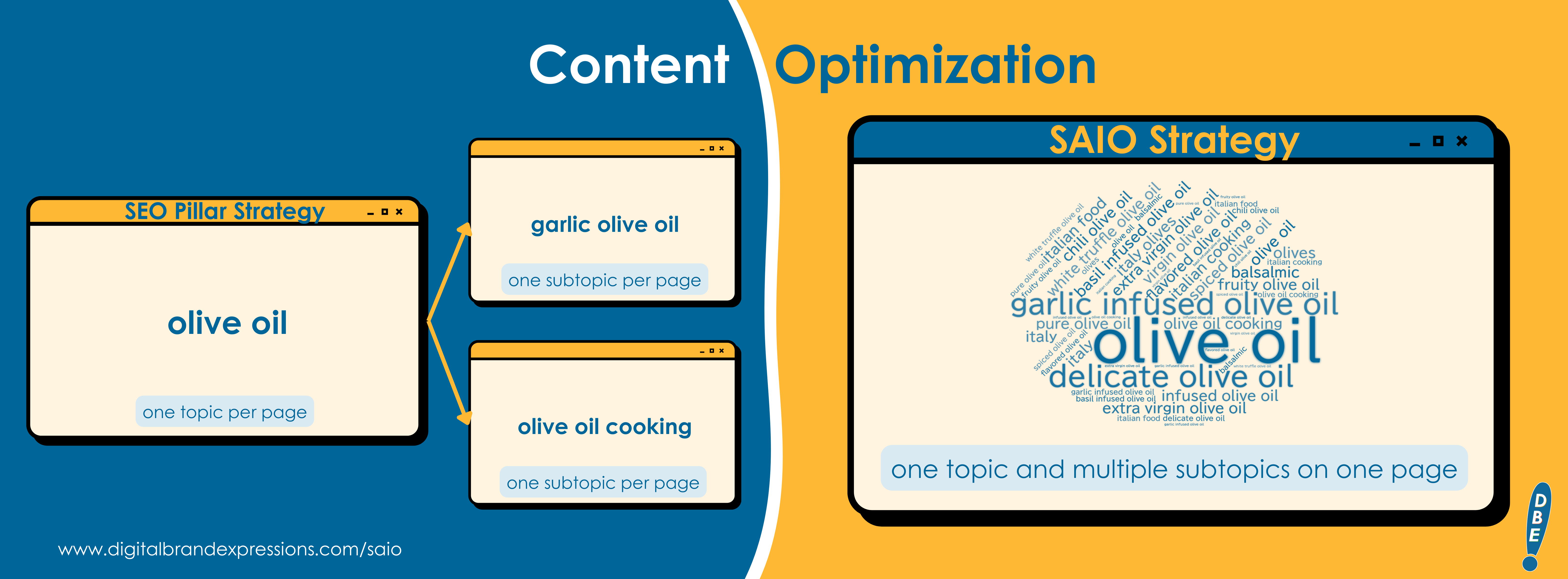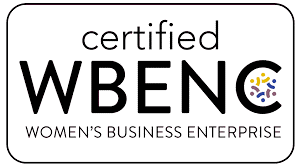You’ve probably heard of various Search Engine Optimization (SEO) content strategies like the pillar strategy. With Search Artificial Intelligence Optimization (SAIO), strategizing is a bit different… and, thus, exciting!
Let’s start off with the reason for the differing strategies, then, we’ll jump into what the strategy actually is.
Setting the (Chat) Scene
Let’s say you’re planning a dinner. You’re cooking and you’ve decided to consult your AI chatbot of choice on what to make.
You get to the topic of olive oil. Here’s your chat (you can skim for the good parts if you’d like):
Now, switch hats for a second. 🎩
Your company manufactures the best olive oil in the world. You definitely want to be cited as a source in AI chats like these.
So, it would make sense to lay all that info in one easy webpage for chatbots to cite. Instead of the traditional one topic/sub-topic per page rule in SEO, you’re optimizing for one topic and its subtopics on one page with SAIO. See the picture below for a visual:

So, you create and optimize a “Finding the Right Olive Oil for your Recipe” topic page with phrases such as…
- Garlic-infused olive oil
- Delicate olive oil
- Chili olive oil
- Which olive oil should I use?
- How to pick olive oil for italian recipes
- Where do I start with olive oil cooking
You can format all these phrases in ways like FAQs, whitepapers, blogs, etc…. You’ll want to display the info in a way that makes sense and is easy to read by AI chatbots and humans alike.
Recap
SEO is all about being super finite and direct with one topic or subtopic per page.
SAIO optimizes for one topic and it subtopics on the same page.
While these optimization strategies are quite different, they do have a positive impact on each other. Check out The Yin and Yang of SEO and SAIO (or is it SAIO and SEO?) for more on that.
We recommend a marketing optimization plan that features both because they draw out the best in each other… almost like a peanut butter and jelly combo!

